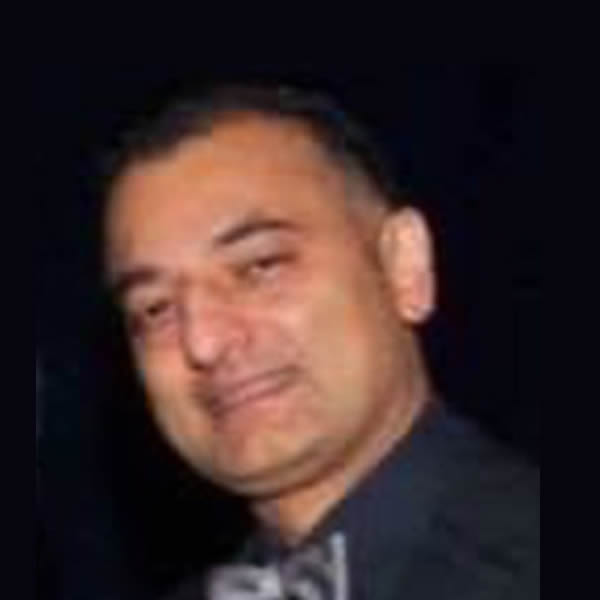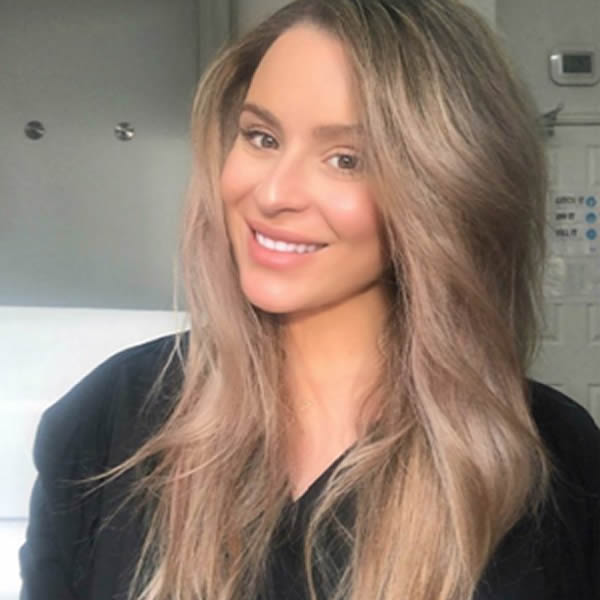Vulvar Vestibulitis
In 1988 an American gynaecologist called Edward Freidrich described a group of women who experienced severe pain and discomfort of the vestibule area of the vagina. The vestibule is where the vulva (area of the skin on the outside) meets with the vagina. It is an extremely sensitive part of your body and contains the Bartholin’s gland (which produces vaginal lubrication), the urethra (where you pass urine) and a number of the small minor vestibule glands which also produce vaginal discharge.
Symptoms of Vestibulodynia
The pain experienced by women with vestibulodynia is very individual. The main problem for women with this diagnosis relates to hyper-sensitivity on light touch to the vestibule, such as during intercourse and the insertion of tampons. The degree of pain is variable. Some women have pain but are able to tolerate penetrative sex. For others any pressure to the vestibule area causes symptoms of soreness and tenderness including tight clothes and even light touch to the area. Itching is not usually a feature of the condition.
Vestibulitis was the former term for vestibulodynia. This term is out of date now. It is slightly misleading as it implies that the vestibule is inflamed – hence the term vestibulitis. It is not believed that an inflammatory process in the skin is to blame for symptoms. An excessive sensitivity of the nerve fibres and even, on occasions, overgrowth of the nerve fibres in the area is believed to be responsible for symptoms.
Although the pain on light touch is the main symptom it is wrong to think that this is a skin condition. When sex has been painful for some time there are inevitable effects on your sex-life. Tension in the lower pelvic floor muscles during attempted sex can lead to increased pain and subsequent avoidance. If communication breaks down between a couple then this can lead to further disharmony. In some couples where the symptoms have been present for many months/years, provoked vulvodynia can alter sexual function and a referral to a psychosexual counsellor is necessary.
What is there to see on examination?
Vestibulodynia is a very real physical disease. Often on examination of the vestibule there is tenderness to light touch. There can be red areas at the site of tenderness, but frequently the findings are normal. Just because your doctor cannot see anything does not mean that there is nothing present.
What tests should be done?
Vestibulodynia should be diagnosed by a doctor who should rule out infections and vulval skin conditions which may cause similar symptoms. Many doctors, however, are unaware that the condition exists and often regard the condition as ‘thrush’. Your doctor should listen to your symptoms, examine the vulval area and refer you to a specialist necessary. This specialist would be either a gynaecologist, dermatologist or a genito-urinary (GUM) physician. If thrush is suspected by your doctor then it should be confirmed by performing a vaginal swab. Repeated vaginal anti-thrush treatments make the condition worse so insist on oral treatment instead, with Diflucan or Sporanox, for instance.
How is it treated?
As there is no obvious cause for symptoms, it is difficult for many women (and some doctors) to understand the condition. The treatments available for this condition are very variable. Different doctors treat the condition in different ways but below are a selection of suggested treatments. Not all doctors will use these methods, but you can discuss the different options with him/her. Some treatments will help some women and not others. Treatments range from local anaesthetic cream/gels, vaginal dilators, pelvic floor muscle physiotherapy, psychosexual counselling and rarely surgery.
What causes it?
It is likely that a number of factors cause vestibulodynia, but often no identifiable cause can be found. Some women have a sudden onset of symptoms following a specific event and this is commonly recognised a severe attack of thrush followed by anti-thrush treatment. Once the attack of thrush settles following treatment, soreness and burning may persist as vestibulodynia. Some women complain of vestibulodynia following childbirth, or the use of certain bubble-baths and soaps or with the use of antiseptic in the bath eg Dettol. Where symptoms have gradually occurred over some time, even years, then it’s difficult to identify a cause. Some women with interstitial cystitis also suffer from the condition. The reasons why the two conditions are connected remain unknown.
Treatments available from your doctor
Local anaesthetic gel is a waterbased gel which contains a weak amount of a local anaesthetic such as Lignocaine. The anaesthetic can ‘numb’ the nerves in the skin temporarily and may be used safely on a regular basis. Many women have gained considerable benefit using the treatment particularly with vestibulodynia when used half-an-hour prior to sexual intercourse. They find it helpful to rub the gel into the tender areas – this helps numb the skin and also can help overcome tension in the pelvic floor muscles. The gel can now be bought over the counter. Make sure that you use a test dose first on a small area of the vulva as around 10 per cent of women can have a skin reaction to it.
Vaginal dilators can be inserted to relax the muscles around the entrance to the vagina and to gently stretch the area. These can be helpful to overcome the tension in the pelvic floor muscles that can occur in vestibulodynia.
Medical
Conventional analgesics and narcotics are not helpful in vulvodynia. Instead, medications used in other neuropathic disorders have been borrowed, including:
- Tricyclic antidepressants (TCAs) – frequently used as first-line therapy. Side-effects are common.
- Gabapentin – shown to be efficacious in the treatment of unprovoked generalised vulvodynia.
- Paroxetine and venlafaxine have been used in patients who could not tolerate TCAs.
Topical therapies include:
- Soothing agents such as aqueous cream. Patients should also be advised to avoid irritants such as soap, bubble baths, shower gels, shampoo, special vaginal wipes or douches, etc. in this area. Use a soap substitute and Vaseline® to protect the area when swimming.
- Lidocaine gel or cream (5%) can be used to control symptoms during sexual intercourse (use 10 minutes prior to intercourse and wipe off fully if using a condom) or as a regular adjunct to other treatment.
Surgical
Approaches include perineoplasty and vestibulectomy:
- The aim is to remove hypersensitive tissue and replace with the advancement of normal vaginal mucosa.
- It is only appropriate for localised disease and tends to be reserved for patients who have had limited success with other therapies.
- Failure rates are higher if pain was present from first intercourse or was constant.22
Physiotherapy
- Pain in the vulva can cause spasm of the adductor muscles of the thigh and other muscles in that region and physiotherapy can be beneficial.
- Biofeedback training has also been used to improve strength and relaxation of the pelvic floor musculature.
- Devices to make sitting more comfortable may also be helpful.
Psychological therapies
- Cognitive and behavioural therapies have been used successfully to improve reported vulval pain with intercourse (as with many other chronic pain syndromes).
- Additional support may be required – including reassurance of the partner.
- Sexual, individual or relationship counselling may also be appropriate.
Botox For Treatment of Vestibulodynia.
We feel this article will help put into perspective the possibility of Botox being used for the treatment of Vestibulodynia or Vulvodynia in general. Botx does not have lincense for this use, but there is a chance that as research in this area progresses, the use of Botox for this purpose may become geneally acceptable for of treating Vestibulodynia and perhaps all Vulvodynia conditions in general.
Provoked vestibulodynia (PV) previously known as vulval vestibulitis, is the most common clinical form of vulvodynia. It is defined by pain in the vulval vestibule triggered by a stimulus such as wearing clothes, using tampons or of course, sexual activity. The British Society for the Study of Vulval Diseases has produced treatment guidelines for the condition and common therapies include tricyclic antidepressants, local anaesthetic agents, physiotherapy or even vestibulectomy. The exact aetiology of the condition is still being debated but one hypothesis is that sufferers of the condition have increased muscular hypertonia in the superficial area of the perineum, which becomes painful. Botulinum toxin A or botox could therefore be effective in the treatment of PV by reducing muscle tone and blocking the release of neuropeptides and neurotransmitters involved in the perception of chronic pain.
This open pilot study recruited 20 patients who attended a specialist service for vulval pathology. The patients were aged between 18 and 60 years old with a mean age of 26. All complained of introital dyspareunia. Pain could be reproduced using light touch with a cotton bud on all or part of the vestibule. All the women had undergone more conventional therapy including psychosexual therapy, for at least 3 months without response. All had a history of vulvovaginal candidiasis but all were given an infectio.n screen prior to treatment. All examinations were conducted by the same doctor using EMG guidance to track the muscles.
The eligible women received 1ml of Botox injected into the right and left bulbospongiosus muscles. The total dose given was 100U of botulinum toxin A. Perceived vulval pain was then measured using a visual analogue scale before the injections and at 3 and 6 months after. The ability to have sexual intercourse was also evaluated at these time points. The subjects evaluated their sexual function using the Female Sexual Function Index and general wellbeing with the Dermatology Life Quality Index.
16 out of the 20 patients (80%) reported an improvement in the pain at 3 months which was still present at 6 months. Before injections 18 of the patients were unable to have sexual intercourse, after 3 months 13 (72%) had been able to have sex again; 8 had no pain at all during sex, 5 had some residual pain. The results were the same at 6 months. Patients who responded to the injections reported improvements in sexual function and quality of life scores too. There were no side effects reported.
This was a small pilot study but the results do look promising. We are all aware of the psychosocial factors that can impact on vulvodynia and this study wasn’t designed to look at these factors or take them into account. Evidence is increasingly pointing to a mixed aetiology to many sexual dysfunctions including both physical and psychological factors. Botox may offer an additional tool in our armour to bring symptomatic relief to women with this condition while we also address any psychological processes exacerbating the condition. (Pelletier F, Parratte B, Penz S et al. Efficacy of high doses of botulinum toxin A for treating provoked vestibulodynia. B J of Dermatology 2011; 164 : 617-622).









Leave a Reply
Want to join the discussion?Feel free to contribute!